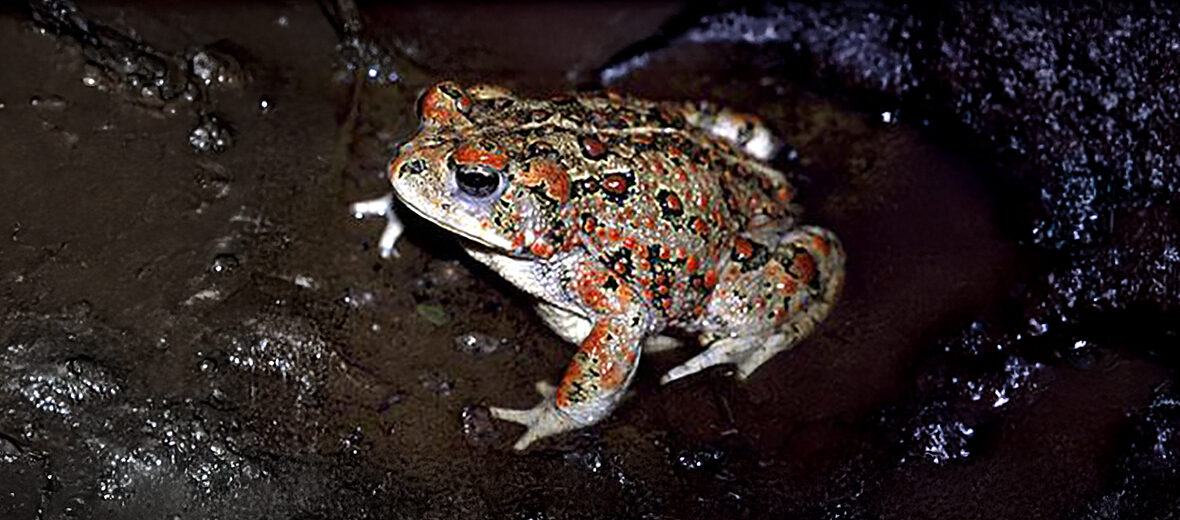
The boreal toad is a subspecies of the western toad. These critters are found in northern New Mexico, Colorado, Utah, Idaho, Wyoming, Montana, Washington, Oregon, British Columbia, Alberta, and Southeast Alaska. Boreal toads are threatened by habitat loss and destruction at the hands of residential and commercial developments, deforestation, mining, and quarrying; habitat division at the hands of roads and rail roads, that can also cause vehicle strike (being hit by vehicles); pollution; and invasive species, that can bring disease and predation. However, they are abundant enough to be listed as Least Concern by the IUCN. Their population trend is listed as decreasing. This article is for my friend Molly.
First the Stats…
Scientific name: Anaxyrus boreas boreas
Weight: Up to 2.8 ounces
Length: Up to 5.1 inches
Lifespan: Up to 11 years
Now on to the Facts!
1.) These toads can be found at higher elevations of up to 12,000 feet.
2.) They prefer wet habitats like bogs, lakes, marshes, ponds, and quiet shallow water.
3.) Beetles, flies, grasshoppers, mosquitos, detritus, and algae are all on the menu for these omnivores (eat plant and animal matter).
4.) Tadpoles are preyed on by fish, aquatic insects, salamanders, snakes, and birds. Adult toads are preyed on by ravens, garter snakes, coyotes, skunks, and foxes.
5.) Mating season lasts from May – July.
But wait, there’s more on the boreal toad!
6.) Females lay up to 8,000 eggs each clutch.
7.) Tadpoles take up to 2 months to metamorphose into juvenile toads.
Did you know…?
Male boreal toads have no vocal sac and thus have no mating call.
8.) Chytrid fungus (Batrachochytrium dendrobatidis) causes a skin disease in numerous amphibian species. It’s spread primarily via either contact with aquatic habitats that are high in chytrid fungus loads or exposure to infected individuals, but it affects amphibians by feeding on the keratin they produce, which causes keratosis.
9.) Keratosis can be detrimental to amphibians due to it inhibiting their ability to absorb water and electrolytes. This can cause amphibians to either suffocate or to go into cardiac arrest.
10.) As climate change shifts various environmental and temperature variables, the chytrid fungus is expected to be a stronger presence in numerous boreal toad populations.
But wait, there’s still more on the boreal toad!
11.) In the past, attempts to reintroduce boreal toads to both previously occupied and even new locations have had mixed results. In Colorado, nearly every attempt at repatriation or translocation of mature individuals or eggs has failed.
12.) The Colorado project started utilizing a probiotic bath for the tadpoles called “Purple Rain” that strengthened their skin microbiome, providing a greater resistance to chytrid fungus
13.) More recent reintroduction attempts have fortunately proven successful with a mature individual translocation effort made in Utah in 2019.
Now a Short Boreal Toad Video!
Be sure to share & comment below! Also, check out the Critter Science YouTube channel. Videos added regularly!

Want to suggest a critter for me to write about? Let me know here.
Some source material acquired from: Wikipedia & IUCN
Photo credit: Chris Brown



